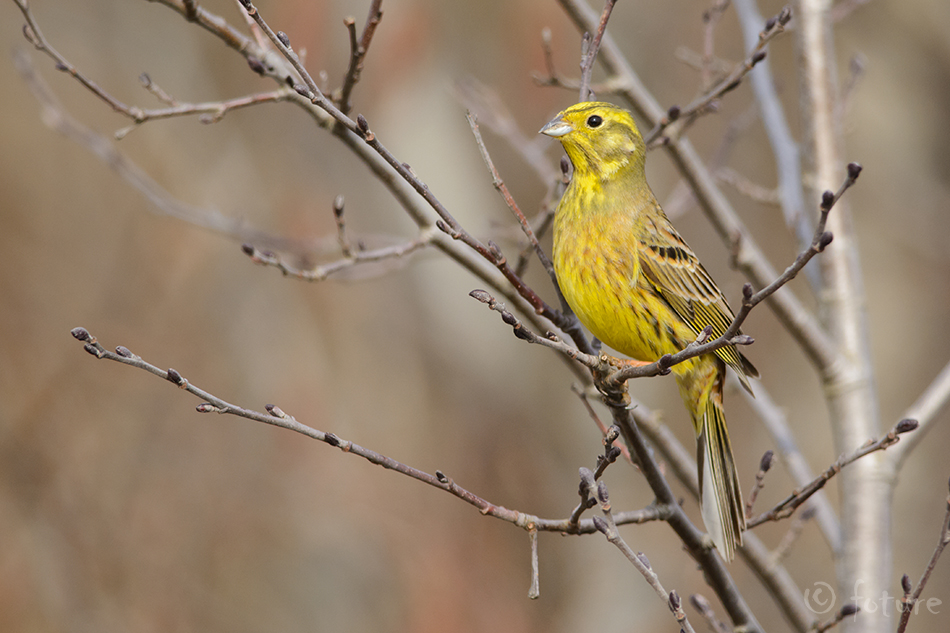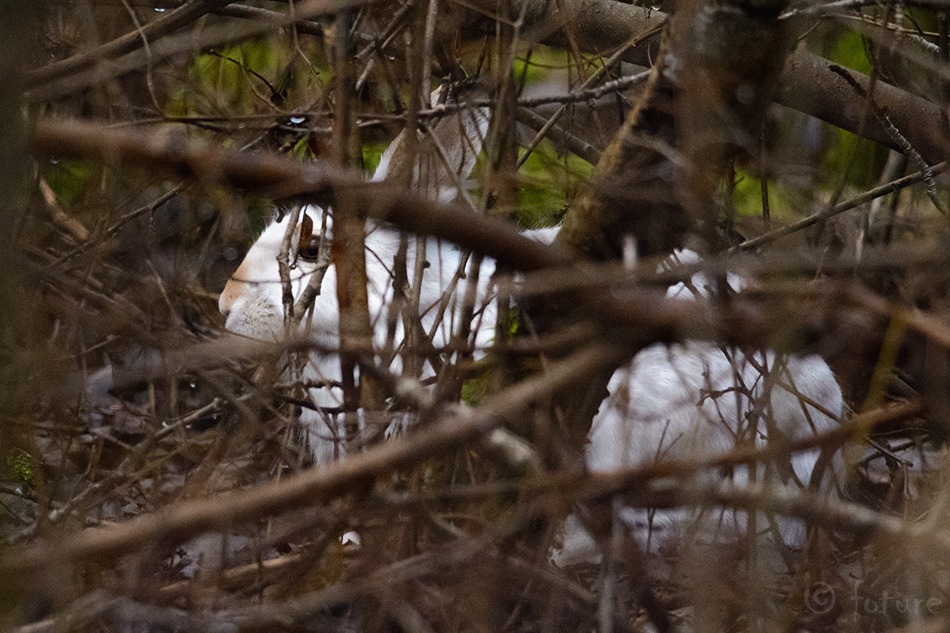Ülipika sabaga isane ketsal näeb küll väga edev välja, kuid selle
uhkeldamise hinnaks on raskendatud lendamine. Ülejäänud kerest mitu korda
pikemad sabasuled on väga korralik õhutakistus, mistõttu on ketsalid
röövlindudele keskmisest kergemaks saagiks. Samas on peamiseks ohuks
linnule siiski elupaikade kadumine ning tänaseks on asi muutunud juba üsna
kriitiliseks ning seda seetõttu, et levila on jaotumas pisikesteks
tükkideks. See aga tähendab seda, et erinevate piirkondade linnud enam
omavahel ei segune ja geneetiline ühekülgsus võib viia ketsalite arvu
veelgi kiirema vähenemiseni. Kui midagi ei muutu, siis on selle
Kesk-Ameerika põlisrahvaste püha linnu tulevik üsna tume. Foto
tehtud Curi-cancha kaitsealal, Monteverde pilvemetsas, Costa
Ricas.
Male resplendent quetzal with its extremely long tail looks extravagant
but this vanity has its downsides. As the tail feathers are several
times longer than the body, the drag during the flight is substantial
and therefore quetzals are quite an easy catch for the birds of prey.
Although the main threat to the species is still loss of habitat and
today the problem is amplified by the drastic fragmentation of it. This
means that the quetzals of different regions do not mix anymore and this
kind of genetic isolation and reduction of population sizes will
consequently lead to rapid local extinctions. So if nothing changes, the
future of this holy bird of Central American native people is rather
grim. The photo is taken in Curi-Cancha Reserve, Monteverde cloud
forest, Costa Rica.






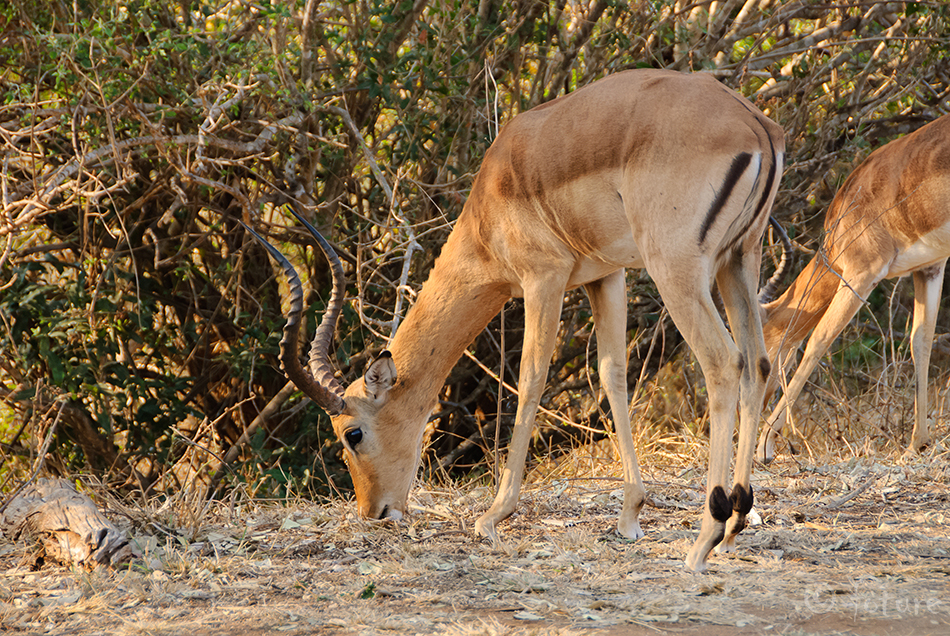

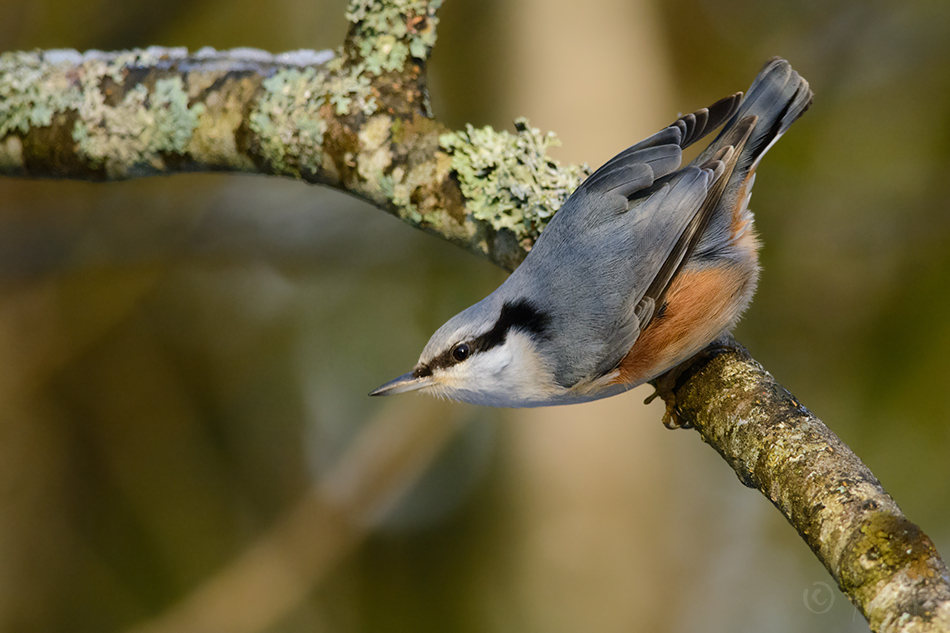







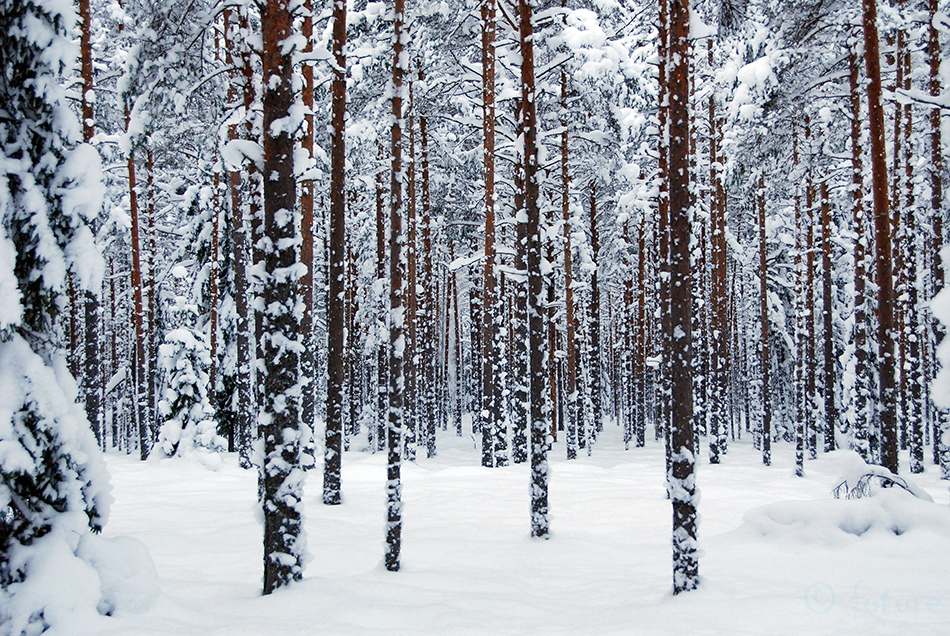









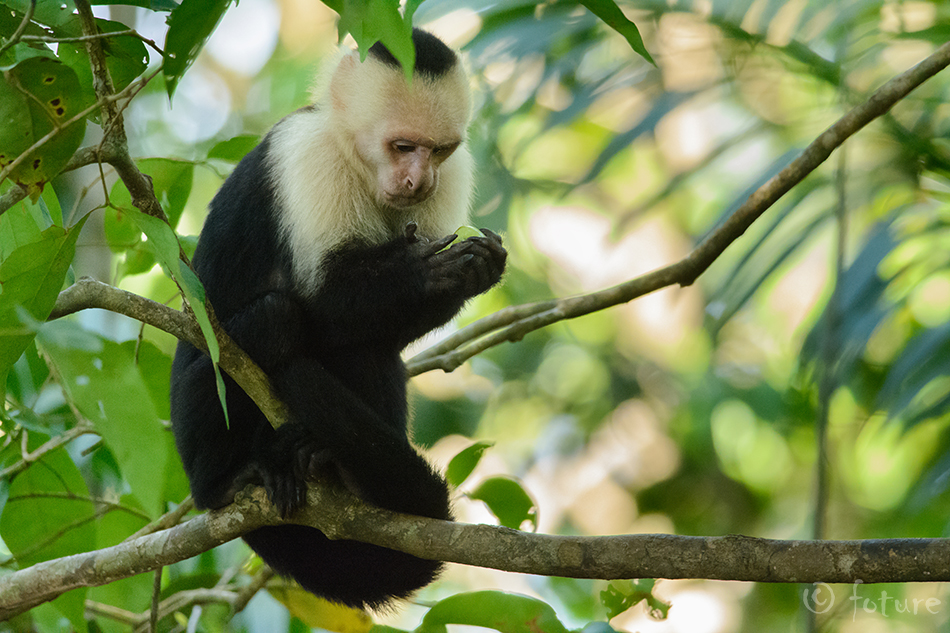
 Lõunapaus viinamarjadega.Valgepea kaputsiinahv turistidest (kellelt siis need võõrad viljad kahjuks
pärinevad) üleküllastunud Manuel Antonio rahvuspargis, Costa Ricas.
Lõunapaus viinamarjadega.Valgepea kaputsiinahv turistidest (kellelt siis need võõrad viljad kahjuks
pärinevad) üleküllastunud Manuel Antonio rahvuspargis, Costa Ricas.









